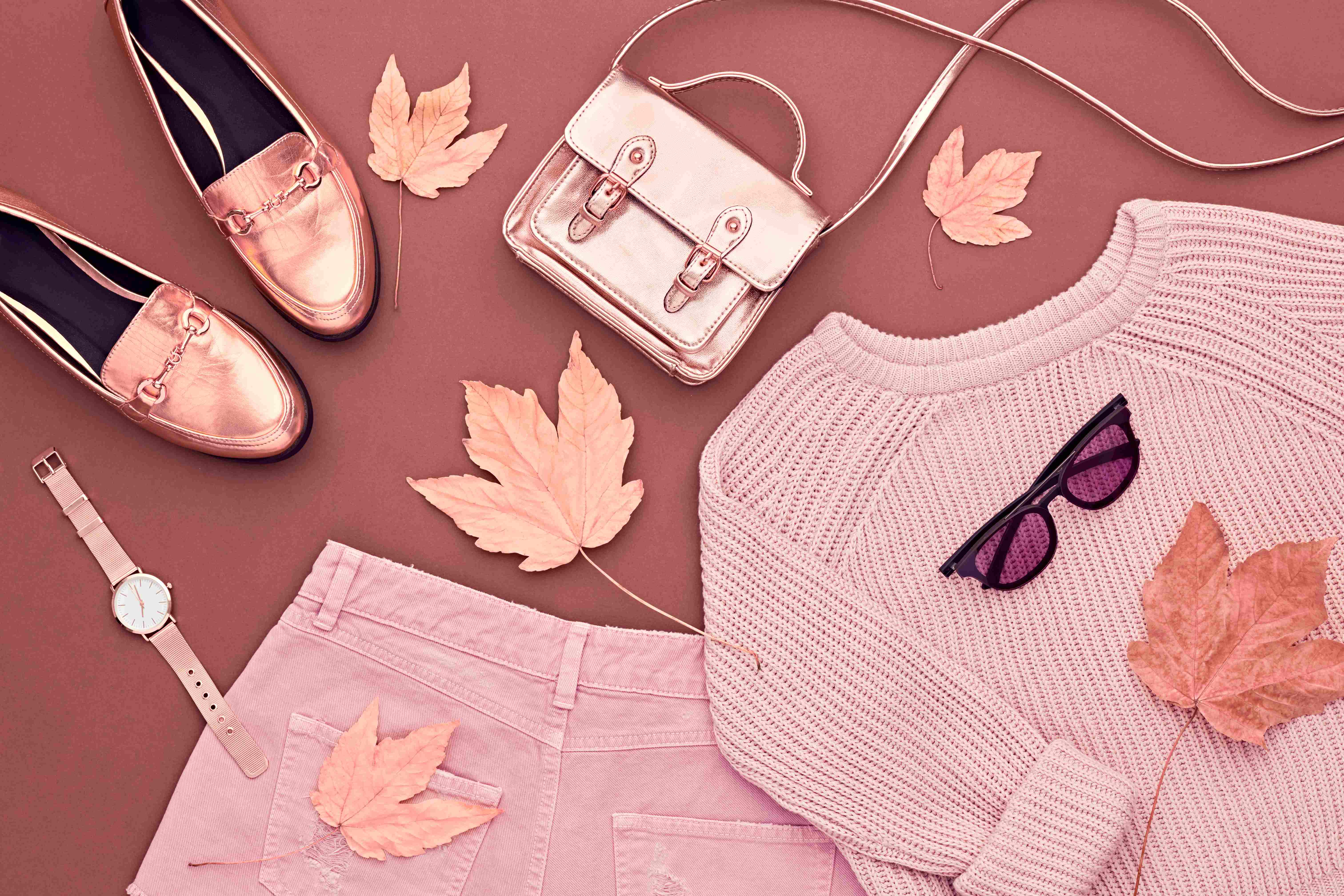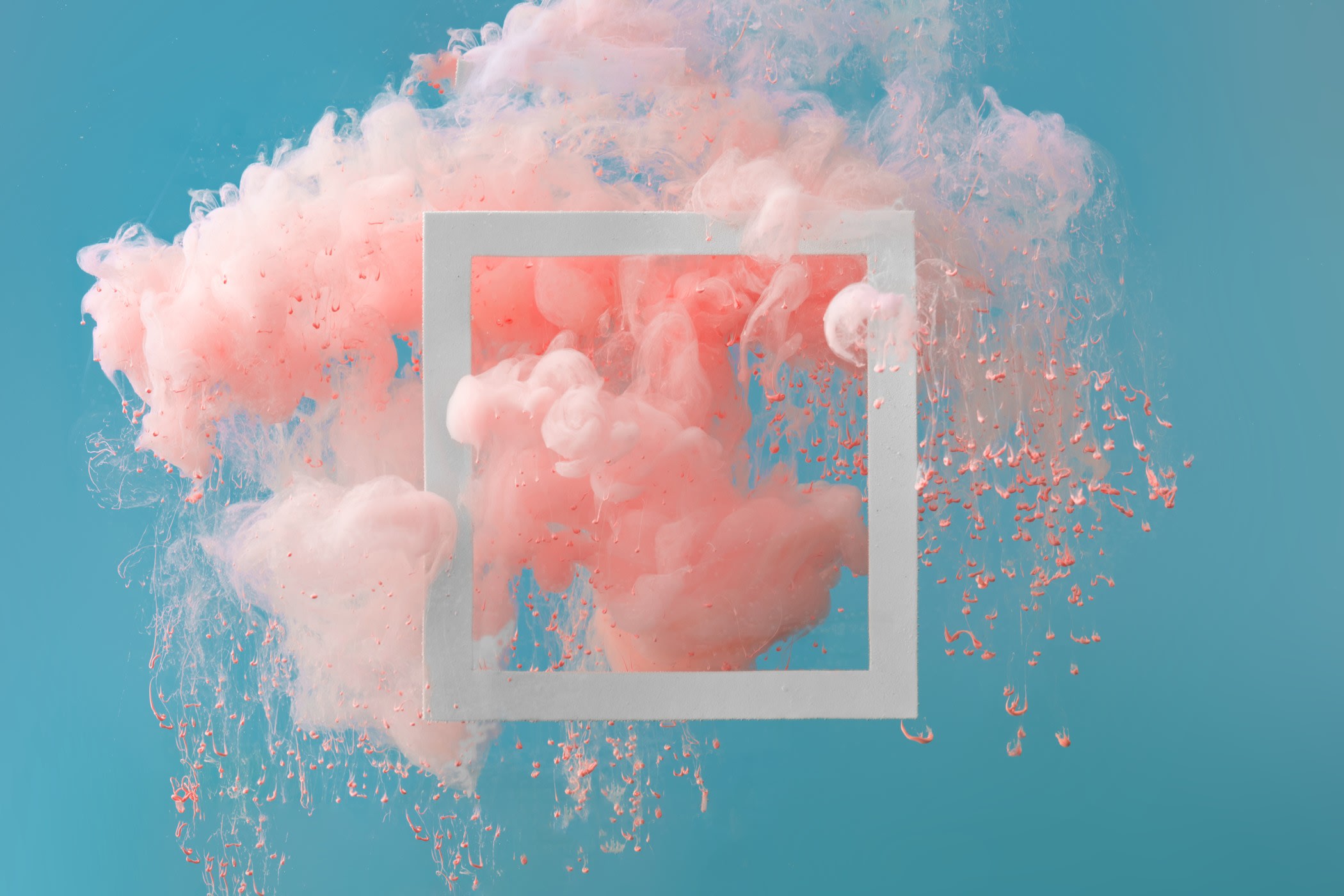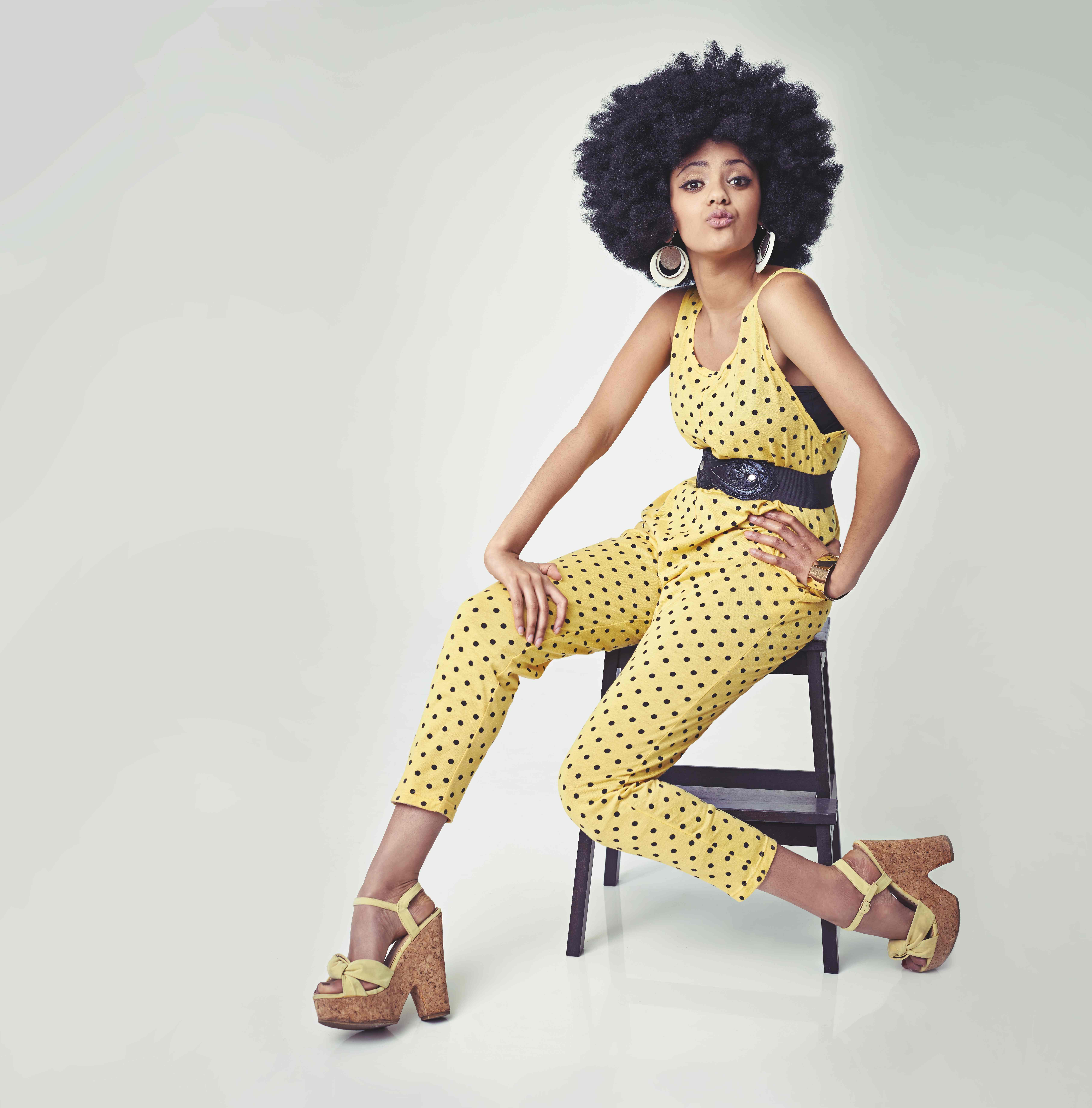Fashion or Trend Forecasting - The Future Is Now

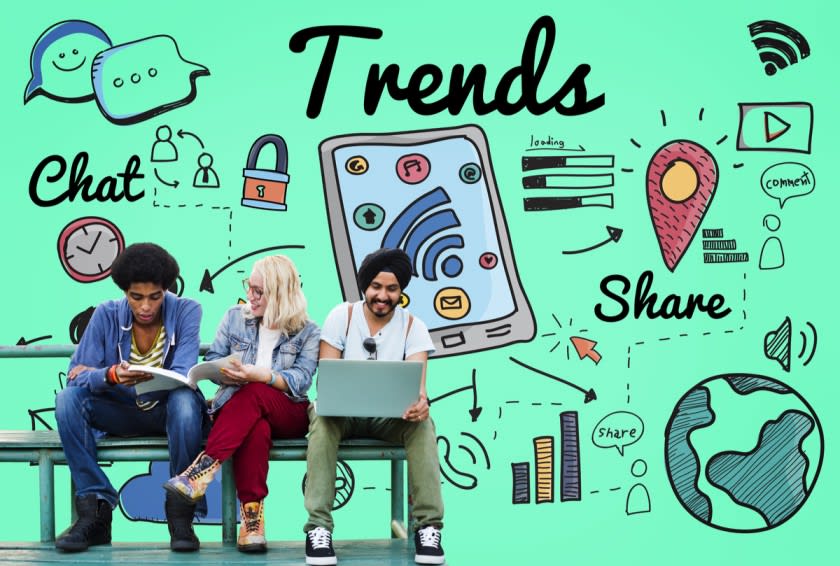

Every clothing brand seeks to produce clothes relevant to the public. To do this, they conduct a lot of research, look at customer feedback, employ several techniques to analyze the data, and finally come up with a design that would last for at least a few years.
Trends play a crucial role in the fashion industry. By employing fashion forecasting, brands adapt to the latest developments, ensuring that they don't end up with unsold items in their inventory. Fashion forecasting is a technique various brands use to predict upcoming fashion trends and prepare themselves for them.
What Is Fashion Forecasting?
Fashion forecasting is a method by which brands predict future trends in the fashion world. Brands use it to predict the colors, fabric, texture, material, accessories, prints, designs, and formats of garments that will be relevant in the future. Fashion brands then use this information to modify their offerings in time for their customers. Fashion forecasting can be classified into two categories.
Long Term Forecasting
In this type of fashion forecasting, forecasters look at macro trends that will greatly affect the fashion industry. Long-term forecasting is done based on changes in demographics, cloth manufacturing and selling methods, and most importantly, on the changes in the lifestyle of the consumers. These forecasts will remain relevant for at least a couple of years.
Short Term Forecasting
Short-term forecasting is done based on micro trends that will not last more than a season. This type of forecasting is done to suggest changes in the color and style of the dresses. Some of the factors that may impact short-term forecasting are the emergence of a type of cloth popularized by fashion influences or temporary changes in the lifestyle of people owing to any temporary condition like the lockdown imposed during Covid-19.
Fashion Forecasters
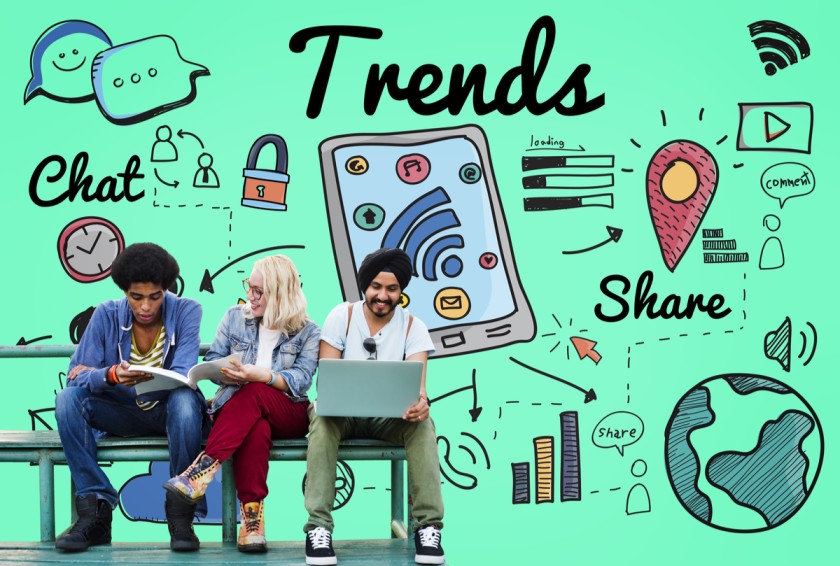
A fashion forecaster is an expert in fashion forecasting who employs several methodologies and techniques to conduct research on and investigate the factors affecting fashion. In this way, they can make predictions for future products. Their primary responsibilities include:
- Observing the change in consumer interests, motivation, and values.
- Looking for any major development in science and technology that may influence future fashion.
- Observing various economic factors to detect any considerable change in them.
- Looking for any significant changes in the demographics may result in restructuring societies and people.
- Reviewing the fashion industry and its market structures to find any significant changes in them.
- Finding any changes in the political and cultural cohesion between various countries.
By observing these, they formulate a trend hypothesis, which is further deconstructed to find the main drivers of the trend and its consequences on the industry’s future. Various fashion forecasters are so efficient in their work that they can even picture how dresses will look after a few years.
Strategies Used in Fashion Forecasting
Fashion forecasters use several methods and strategies for fashion forecasting. These strategies do not limit themselves to using science and technology to observe human behavior but also take into account the effect of the history and economy of a country on its fashion. Some of these strategies are as follows:
Gathering Information About Social and Cultural Developments
Fashion forecasting depends on the information obtained about the changes in the society or culture of a particular place. To study these developments closely, a fashion forecaster takes the help of various professionals such as interior designers, color experts, and social psychologists. This information helps them predict the future of clothing and consumers’ taste in that particular place. After numerous brainstorming sessions, these people formulate a prediction that will benefit brands in upgrading their offerings.
Performing Surveys and Consumer Research
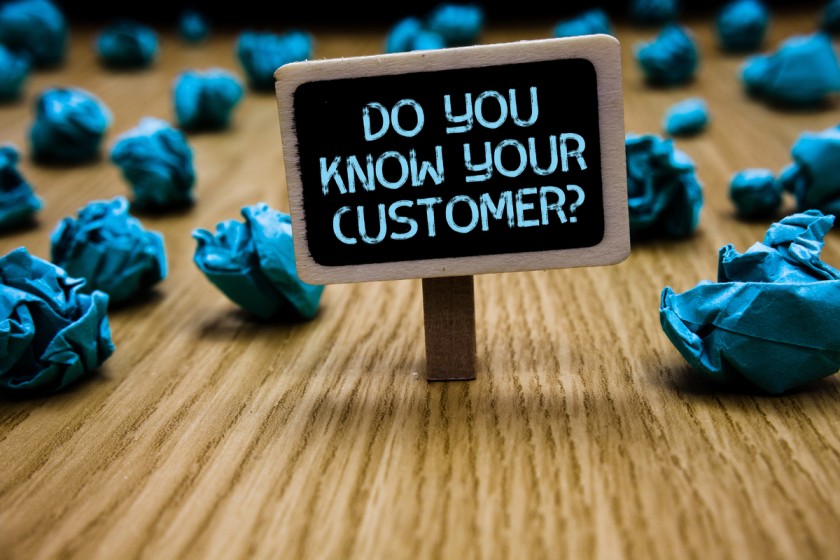
Customers are the primary concern of any clothing brand, and that's exactly where fashion forecasters want to put in the most research. They achieve this by conducting consumer surveys in which customers are asked about the type of cloth they would prefer to buy in the future. These research and surveys ensure that the company’s clothes in the future are marketable.
There are several ways in which most brands conduct consumer surveys. The most common form would be a questionnaire handed to them at the store or via email. These questionnaires have questions on the type of clothes they prefer and the colors they like the most. After collecting all the data from surveys and research, brands predict the color, style, and type of cloth most likely to be consumers’ taste in the future.
Observing Social Media
Nowadays, social media influencers and trends have greatly influenced fashion. A fashion forecaster observes the types of apparel fetching the most likes and shares on various social media platforms to track these developments. Moreover, they observe and look at the websites, affecting the people living in certain demographics, and find what fashion style appeals to them.
Along with these observations, fashion forecasters also keep a close track of all the fashion celebrities, who are the trendsetters, famous designers like Manish Malhotra, and famous singers to find what kind of fashion they are promoting on their pages. They also go through the most searched fashion blog pages to keep track of the latest developments in the fashion world.
Being Active in the Fashion World
If a person wants to know something about the latest development in the literary world, a famous book club will be the first place they will visit. So is the case with fashion. If a brand wants to know what is going on in the fashion world, they visit fashion shows. In these shows, world-famous designers come up with their latest design ideas.
Moreover, studying magazines, such as Vogue, also helps fashion forecasters observe the changes in fashion. Most of the apparel which several fashion brands adopt comes from these magazines and fashion shows. That is why a brand needs to keep a close watch on these fashion spaces.
Fashion Cycle
The fashion cycle is a method used to observe to find the reliance of a particular type of fashion at any given time. According to James Laver, who proposed this theory in the 1930s, “When an aesthetic or style is neglected for some time, it is ripe for revival.” Therefore, brands also keep a close eye on the level of adoption among the people by using a simple mathematical graph called the diffusion of the innovation curve, which is drawn with the number of adopters at the y-axis and time at the x-axis.
Using this graph, fashion forecasters predict which fashion may see a rebirth or revival in the future and how this fashion adoption will impact future clothes.
Benefits of Fashion Forecasting
Fashion forecasting helps brands identify the future trends in the fashion world, helping them prepare well for their future customers. Some key benefits of fashion forecasting are:
- It helps companies design clothes relevant in the days to come, helping them increase their sales figure exponentially.
- Fashion forecasting eases the pressure on the companies due to the increasing pressure due to the emergence of new fashion brands.
- Due to fashion forecasting, brands save themselves from making unmarketable products, minimizing their losses owing to unsold inventory.
- Several brands seek validation on the design they are presenting to the customers, and this is exactly what fashion forecasting does. These forecasts increase the brand’s confidence in their products as now they know the right time to launch these products to ensure maximum sales.
Trend Forecasting Agencies
With the development of fashion forecasting in recent years, several companies have set up agencies to help different brands forecast their future. These agencies consist of people from various creative fields who know different factors that affect the fashion world. People like fashion designers, social psychologists, fashion bloggers, and data analytics professionals play a crucial role in helping brands forecast their future.
These agencies analyze all the fashion spaces, like social media, fashion magazines, and fashion shows to advise fashion brands on fast fashion. Fast fashion is a method employed by many brands like H&M, where they emulate the dress worn at any latest runway shows which are as fresh as a week old. This short-term forecasting helps businesses in making huge profits in a short period. Moreover, by satisfying the customer demands, fashion forecasters from trend forecasting agencies help brands build new returning customers every season.
By observing the latest developments in the fashion world, and the increased usage of fashion forecasting, it is evident that it has made the future more predictable. Fashion forecasting can be the reason behind the next big change in the fashion world. However, if any fashion brands need help in sourcing the clothes that they think will satisfy the taste of the future consumers, they can get in touch with Fashinza.
Fashinza is a B2B apparel manufacturing platform that helps clothing brands manufacture their collections with ease by connecting them with suppliers. Brands can use their platform to place manufacturing orders for their collections and have them delivered, with options to track, communicate, make payments along the way.















